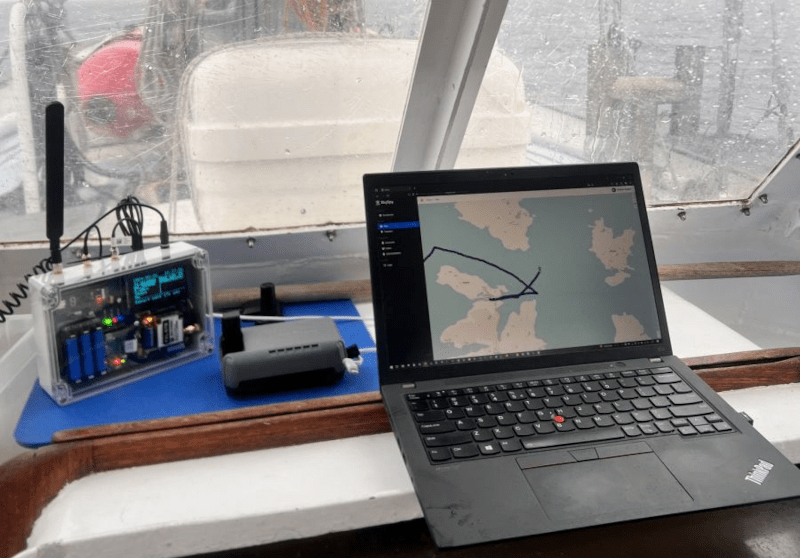[ad_1]

Need a weekend project? [Cepa] wanted a GPS tracker that would send data out via LTE or the Iridium network. Ok, maybe that’s one for a very long weekend. However, the project was a success and saw service crossing the Barents Sea in the Arctic. Not bad.
Apparently, [Cepa] is very involved in sharing tracks to odd and remote places. While you may not have cell service in the middle of the Barents Sea, you can always see Iridium. The device does make some sacrifices to the expense of satellite communications. On LTE, the system pings your location every ten seconds. Without it, it dials up the sat connection once an hour. However, it does store data on a SD card, so — presumably — you get caught up when you have a connection.
Hardware-wise, the setup uses an STM32 BlackPill, an OLED, and some off-the-shelf GPS, LTE, and Iridium modules. The system uses an RTOS, which might be overkill, but it makes it easy to program complex behaviors.
In practice, the tracker lost LTE about 20 nautical miles from the Norwegian coast and used the satellite until it was closer to the coast of Svalbard. The problem is that satellite communications come at a high cost. According to the post, the monthly fee was £13, with another £14 for 100 credits, which translates to about 5kB of data. That adds up quickly.
Iridium, however, is sometimes the only choice if you are in the middle of the ocean or an otherwise inaccessible part of the world.
[ad_2]